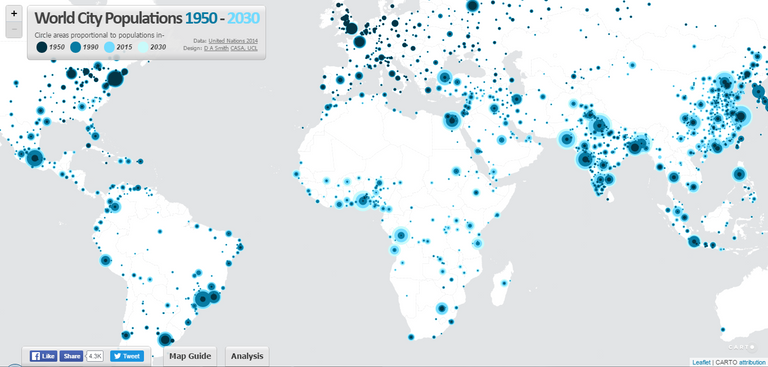
SHOULD WE ALL JUST STAY HOME?
For those of us who live in crowded cities, rush hour traffic is a daily struggle we aren’t likely to get used to. The past few years have seen an ever-lengthening travel time in different cities all over the world.
Nobody is immune, not even the most innovative minds of the world. Aircraft manufacturing company Airbus notes the irony that techies in Silicon Valley come up with all sorts of innovation every day, yet none of them has solved one of their own biggest problems: traffic congestion. “Silicon Valley may pride itself on speed, but during rush hour, everything around the IT Mecca grinds to a halt,” they wrote on their website. “The situation is even worse in cities such as Mumbai, Manila, or Tokyo,” they added. In the Philippines, an estimate says PHP 2.5 billion ($57 million) of potential income is lost to traffic every day, and will rise to P6 billion daily by 2030. In the US, this loss is estimated at $160 billion a year.
They add that the problem is only going to get worse, because more and more people will be living in cities. An estimate by the UN projects a huge increase in urban populations within the next few decades: “Today, 54 per cent of the world’s population lives in urban areas, a proportion that is expected to increase to 66 per cent by 2050.”

In response to this, Airbus, among a few others, is looking to the sky for a solution: flying cars! The company is planning to have a prototype for an autonomous flying car up in the air by next year. “To address this rising concern, Airbus Group is harnessing its experience to make the dream of all commuters and travelers come true one day: to fly over traffic jams at the push of a button.”
SAFETY FIRST
While this would be an exciting way to commute, there are, of course, some particulars that need to be set straight before they’re allowed to fly.
First of all, we don’t want these things spinning out of control and wreaking havoc all over the cities. Yes, we wanted to solve heavy traffic…but in methods that don’t involve killing off the population. The biggest challenge for Airbus is engineering a smart obstacle avoidance system, such as those in driverless cars.
Second, as with most new technologies, there’s a waiting period until legislation catches up and sets the ground (in this case, air) rules.
Airbus has already managed to get approval for its drone parcel delivery service in Singapore next year. They’re already building a self-flying vehicle platform called Vahana, which could carry passengers and cargo.
Their long-term plan is to enable passengers to hail a self-driving flying vehicle from an app through their phone, much like Uber. Shared rides through this autonomous ferry service, which they call CityAirbus, would cut down costs.